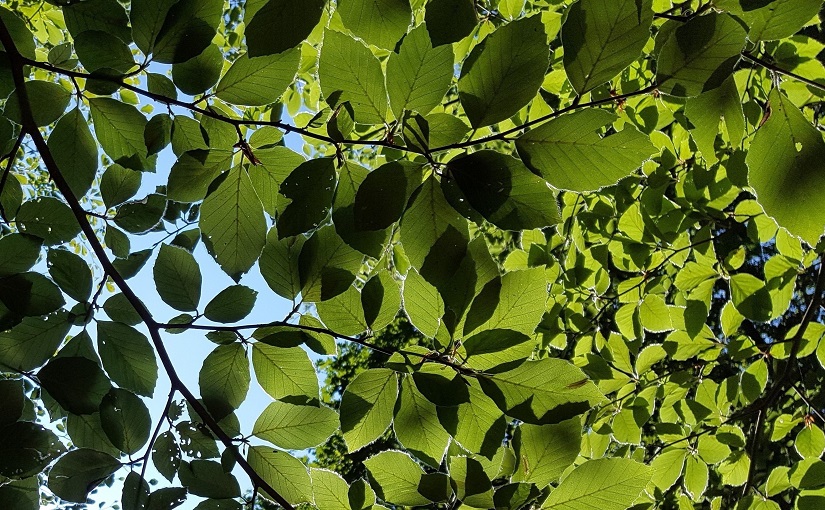Taking care of a home, a space, may not be this dramatic, glorious task. In reality, it’s more often thankless, never-ending, and essentially invisible. As with many “jobs” historically or culturally assigned to women, these are ongoing tasks that might easily become unnoticeable or appear effortless. Office administration being another example: done well, things happen “as they should”.
If those around aren’t aware or someone doesn’t draw attention to what’s been done to keep things ticking over, it might simply pass unnoticed or unappreciated. Which may lead to a spectrum of sentiment anywhere between militancy, resignation, simmering resentment or self-sacrifice – do we insist upon these things being seen for what they truly are or tend toward giving up the battle for recognition?
Surely these are activities society is effectively built upon? From the home all the way up to any collective or commercial enterprise, without some kind of consistent, nurturing provision, forethought and perpetuation it’s easy to wonder where we might’ve ended up. It’s the stuff of life, the details that go into providing for and clearing up after human activity – this cycle of creation, destruction, and starting over.
Not to wander too far down the byways of gender, what’s been seen as “women’s work” is often this very creative, empathetic, selfless effort at building up relationships, individuals and collective endeavours. In a way, it’s a task of love – for people, resources, places, experiences, potential, life itself. This understanding of all that has to go into making things happen that might, perhaps, be characterised as a “feminine perspective”.
Among many other things, this seems an area where society will really benefit from hearing and heeding the voices of those who’ve been sustaining it this way (Notes One). The wisdom of maintaining assets rather than discarding or letting them drift into disrepair. The consideration for others and what’s possible together that can make places welcoming, empowering, strengthening.
While feminism might be fraught with voices pulling in countless directions, the underlying spirit of what’s rising to the surface seems incredibly valuable. This sense for the bigger picture: seeing the webs of relationship and meaning, and where that’s leading; understanding all that goes on behind the scenes. This whole “what we’re doing and why” conversation around personal contributions to shared realities.
Why must one approach be seen as “best”? Life seems to thrive on diversity, on both/and rather than either/or. We all bring something to existence: historically as well as individually we’ve been through different experiences, been guided toward different skills, and have different things to offer. Why set one contribution – one way of seeing or being – against another?
It just seems we’re not quite valuing the less glamorous, more nurturing side of how we might go about things. Not seeing the very real strength and wisdom there. Not listening to the insights, intentions and concerns driving many people. Overlooking what goes into making things work and what those people have to say doesn’t really seem like a long-term solution on any level.
Notes and References:
Note 1: “Women who run with the wolves”
Note 1: Making adjustments
Note 1: How things change
Note 1: Intrinsic value of nature
Note 1: Obligations and contributions
Note 1: What are the true costs?
Note 1: Seeing, knowing and loving

